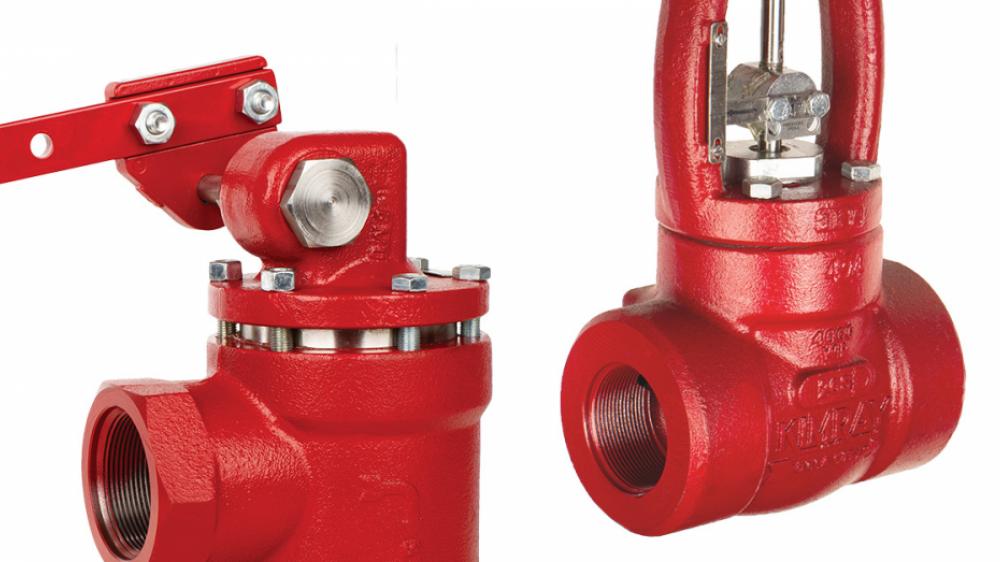Discovering the Capability of Modern Control Valves in Industrial Applications
Discovering the Capability of Modern Control Valves in Industrial Applications
Blog Article
Achieve Seamless Integration and Control With High Quality Structure Automation Controls
In the realm of modern-day building management, the significance of top quality building automation controls can not be overstated. Welcoming top quality building automation controls is not just an issue of ease yet a strategic crucial for organizations intending to enhance their facilities' efficiency and sustainability.

Evolution of Building Automation Controls
Throughout the past couple of decades, the development of developing automation controls has significantly changed the method structures are managed and operated. Developing automation systems primarily concentrated on standard functions such as managing heating, ventilation, and air conditioning (A/C) systems. However, as technology progressed, these controls have actually come to be more sophisticated, enabling a broader variety of building systems to be integrated and handled centrally.
The advancement of developing automation controls has actually seen a shift in the direction of even more smart systems that can adjust to changing problems in real-time. This versatility is critical for enhancing energy effectiveness and guaranteeing passenger convenience. Furthermore, modern structure automation controls currently provide features such as predictive upkeep, remote tracking, and data analytics, allowing center managers to make data-driven decisions to improve structure efficiency.

Advantages of Quality Integration
The innovation in building automation manages in the direction of more intelligent systems has highlighted the substantial benefits of quality combination in optimizing building procedures and enhancing overall effectiveness. Quality combination of developing automation controls supplies a number of vital benefits. First of all, it results in enhanced power performance by allowing various systems to interact perfectly, making certain ideal performance and reducing power wastage. Secondly, quality combination boosts resident comfort and performance by enabling customized control over ecological settings like lighting, air, and temperature level high quality. This customization can lead to a much more comfortable and favorable working or living environment. In addition, high quality combination streamlines maintenance and fixing processes, as all systems are adjoined and can be checked and regulated from a centralized interface. This central control likewise provides better presence and insights right into structure efficiency, allowing aggressive maintenance and optimization methods. In general, the advantages of top quality assimilation in structure automation controls are indisputable, supplying raised effectiveness, comfort, and operational performance.
Improved Customer Experience and Availability
Enhancing customer communication with building automation manages with instinctive style and enhanced access boosts the total experience for occupants and center managers alike. By concentrating on user experience, constructing automation systems can become more effective and user-friendly. Instinctive user interfaces, clear navigating, and personalized settings equip customers to communicate with the controls conveniently and my company effectively.
Ease of access attributes play an important duty in making sure that all individuals, click to investigate consisting of those with disabilities, can use the structure automation regulates with convenience. Including features such as voice commands, tactile buttons, and color-contrasted screens can boost availability and make the controls extra inclusive.
Moreover, improved customer experience brings about greater individual fulfillment, raised efficiency, and better decision-making. Occupants can adjust environmental setups according to their choices, while facility supervisors can successfully check and manage structure systems - control valves. Overall, prioritizing customer experience and ease of access in structure automation manages adds to a much more seamless and productive building atmosphere for all stakeholders included
Sustainable Practices Through Automation

Additionally, automation can help with the assimilation of renewable power resources such as solar panels or wind generators into building procedures. By automatically changing energy use based upon the schedule of renewable resource, buildings can additionally reduce their dependence on non-renewable resources. This seamless combination of sustainable methods not just benefits the setting but likewise boosts the overall operational effectiveness and cost-effectiveness of the structure. Through automation, buildings can line up with modern-day sustainability goals and add to a greener future.
Future Trends in Structure Control Systems
One famous fad Continued shaping the future of building control systems is the raised integration of Artificial Intelligence (AI) and maker learning. Furthermore, the Web of Things (IoT) is transforming structure control systems by attaching sensing units and tools to boost and enhance procedures performance.
Another key pattern is the focus on cybersecurity actions to shield versus potential risks to building automation systems. As structures become much more interconnected, making certain durable cybersecurity protocols will be essential to safeguard delicate data and prevent unauthorized access.
Moreover, the change towards cloud-based systems is obtaining energy, permitting for centralized control and remote access to structure systems. This assists in simpler tracking, maintenance, and updates, enhancing the total performance and versatility of structure control systems. As technology remains to breakthrough, these trends are expected to form the future landscape of building automation controls, driving development and sustainability in the developed environment.
Verdict
Future patterns in structure control systems are likely to focus on more enhancing automation capacities for improved energy performance and overall efficiency. It is important for structure owners and drivers to prioritize the fostering of top quality structure automation controls to enhance structure procedures and attain long-term sustainability goals.
In the realm of contemporary structure administration, the value of high quality building automation controls can not be overstated. Generally, the advancement of structure automation controls continues to drive innovation in the structure management market, providing new opportunities for developing smarter and a lot more sustainable buildings.
The improvement in structure automation controls towards even more intelligent systems has actually underscored the considerable benefits of top quality assimilation in maximizing building procedures and improving overall efficiency. Overall, prioritizing customer experience and access in structure automation regulates contributes to a more efficient and seamless building setting for all stakeholders included.
It is essential for structure proprietors and operators to prioritize the adoption of quality structure automation manages to enhance structure operations and achieve long-lasting sustainability objectives. - control valves
Report this page